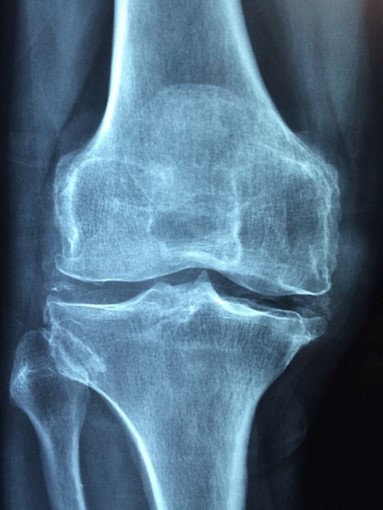Knee meniscus
Categories
How Does Physiotherapy Help?
Physiotherapy is helpful for restricted joint mobility and decreased muscle strength in the same areas, both before and during recovery from surgeries. A physiotherapist helps find solutions for discomfort caused by sedentary work and other musculoskeletal issues.
If possible, bring your test results with you. Exercises are easier to perform when wearing comfortable sportswear.
The knee meniscus is a fibrous cartilage structure that forms a “cushion” between the thigh bone (femur) and the shin bone (tibia). Its role is to stabilize the knee joint and distribute the load placed on it. The meniscus can be divided into the lateral (outer) and medial (inner) parts. Injuries occur more frequently in the medial meniscus.
Symptoms
- A popping or clicking sound at the moment of injury
- Swelling
- Stiffness
- Pain
- Limited joint mobility, especially when straightening the leg at the knee
- Feeling that the knee is “locked”
- Instability, sensation that the leg might “give way”
Causes
Usually caused by an activity that involves rotational or twisting movement of the knee.

Risk Factors
-
Sports
Higher risk in sports involving quick turns and changes of direction, such as football (soccer), basketball, and tennis. - Activities that involve frequent kneeling, squatting, or stair use.
-
Age
Age-related degenerative changes in the knee joint increase the risk of injury. -
Gender
Studies show that men have a higher risk of age-related meniscus injuries. -
Overweight
Research indicates that excess body weight can increase the risk of meniscus injuries caused by degenerative changes. -
Joint Hypermobility
Excessive joint mobility. -
Previous Trauma
Prior injury to the knee joint area.
Note: Meniscus injury itself is a risk factor for the development of osteoarthritis.
Prevention
- Training of the lower limb and core muscles through (sport-)specific exercises
Treatment is often surgical due to the relatively poor blood supply to the meniscus. Conservative approaches are primarily recommended for middle-aged and older patients. It should be noted that in cases of minor injuries, full recovery is possible with conservative treatment across all age groups. Additionally, conservative rehabilitation should both precede and follow surgical intervention when surgery is performed.
References
Clients
Feedback
About Us
Füsioteraapia Kliinik OÜ is a company established in 2011, whose specialists are recognised Estonian sports physiotherapists.
The clinic’s specialists help find solutions to various musculoskeletal system problems, whether it’s pain limiting daily activities or sports, decreased muscle performance, restricted joint mobility, or other issues.
In practice, the most common reasons for consulting a physiotherapist are muscle tension, pain in the lower back and neck area, as well as painful shoulder and knee joints.
Contact
OÜ Füsioteraapia Kliinik
Registrikood: 12149635
Swedbank: EE082200221053152027
Operating Licence: L06512
All rights reserved © Füsioteraapia Kliinik OÜ